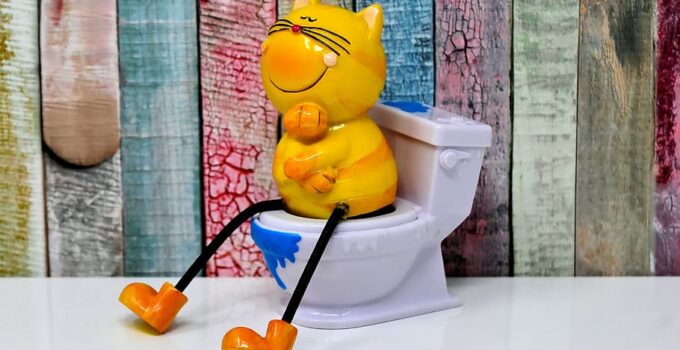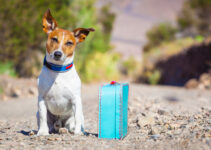If you are a cat owner, cat litter plays an essential role in keeping your cat healthy as well as keeping your house clean. However, do you know what is made of? You can skim the link catthink.com to understand what is the best one for multiple cats.
Many owners don’t know these facts even they have a lot of experience in choosing the right bedding for their animal. If you are one of them, you need to read this article as you will find the most detailed answer here. So, let’s get the ball rolling now!
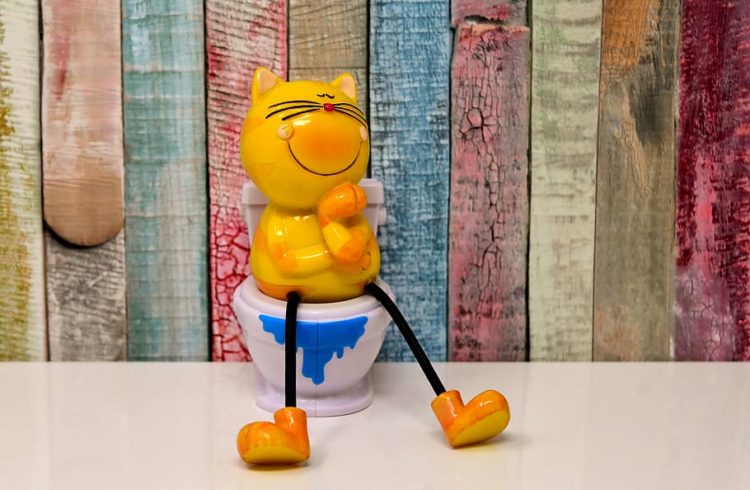
source:pxfuel.com
Based on the material, cat litters are divided into four different types: non-clumping, clumping, silica gel, and biodegradable litter. All of them are made from different materials and have different properties, of course. Here we will take a closer look at those types one by one.
Page Contents
1. Non-clumping
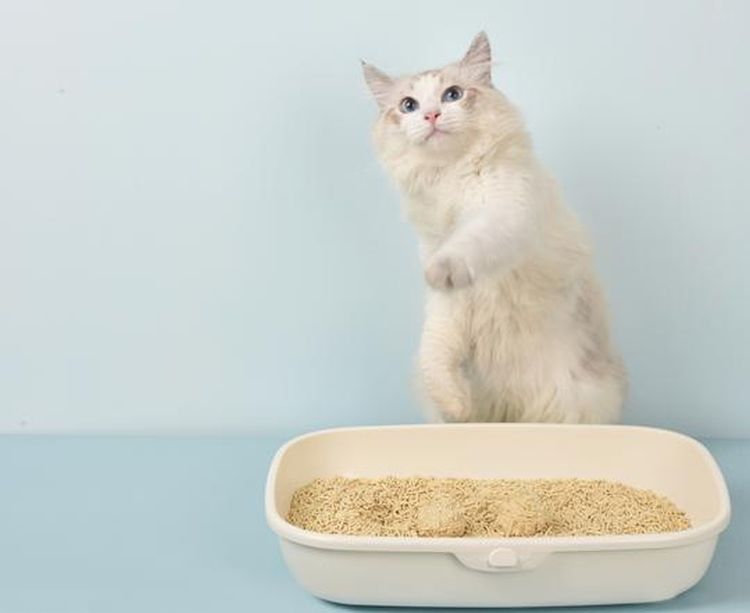
source:furrytail.com.au
Non-clumping litter is the traditional type that was available in 1947 and still in use today. At the time when it was introduced, this one was the perfect alternative for sand.
While sand litter could cause severe tracking problems, inexpensive clay litter that came in large grains can solve that inconvenience. Moreover, the highly absorbent property with ingredients of zeolite, diatomite, and sepiolite made it the most commonly used during the 50s.
However, this kind had its downside. As it does not create clumps, you cannot remove wastes with a scoop like the typical type you see. Instead, you should remove all the box and refill it with the fresh litter.
Moreover, although clay can absorb bad smells, the effect of anti-odor cannot last for long, especially when it is soiled. Thus, it would help if you look for additional ingredients such as baking soda or charcoal to deal with odors.
2. Clumping
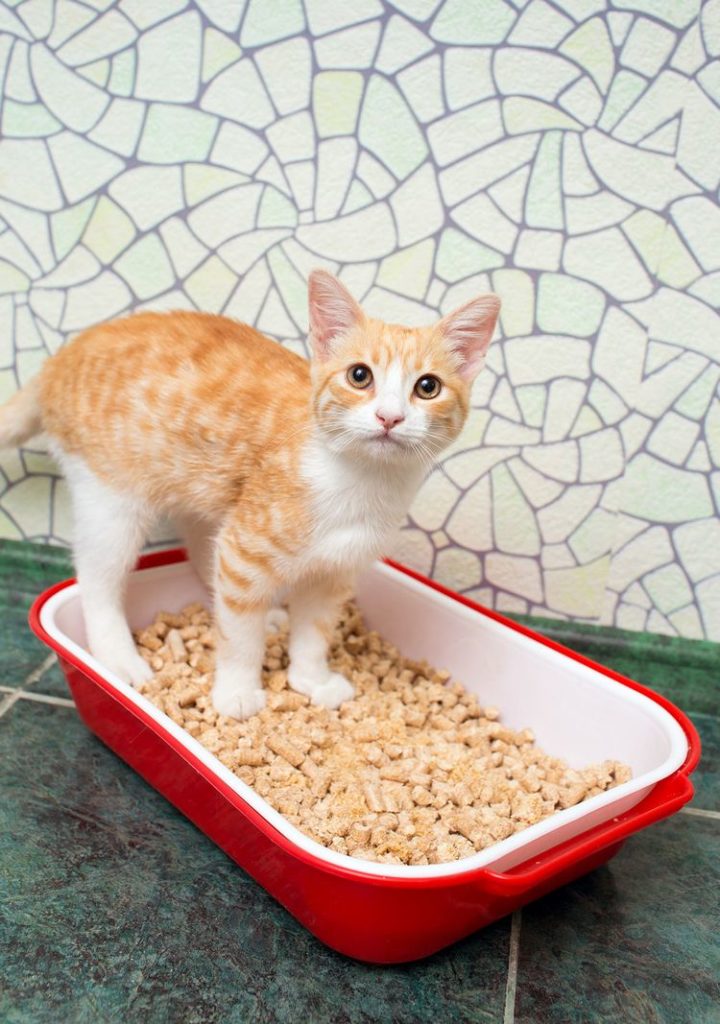
source:wildcatfoundation.us
Another upgraded version of clay litter that is widely used all around the world is clumping litter.
This is type is made from calcium bentonite clay that can clump together as a solid mass when getting wet. Hence, urine and feces are captured by clumping clay.
With clumping cat litter, keeping the box clean and non-odor is very simple. You can scoop the solid clay pellets out of the box, and replenish the box to the needed depth. It will be more economical than replacing the entire content of the box as with the non-clumping cat litter.
Moreover, clumping comes in several variations, namely industrial, pharmaceutical, and wastewater purification. And the apparent advantage of this is the ability to trap odors.
However, many owners have a problem when their cats eat litter. The chemical element might be potentially harmful to cats’ digestion system. Besides, the dust from the product might cause respiratory problems.
When scooping the litter box, you should throw wastes in the garbage basket, not the toilet, as they might clog the toilet or pipe. It is recommended to scoop the box daily and keep it at a suitable depth.
3. Silica gel
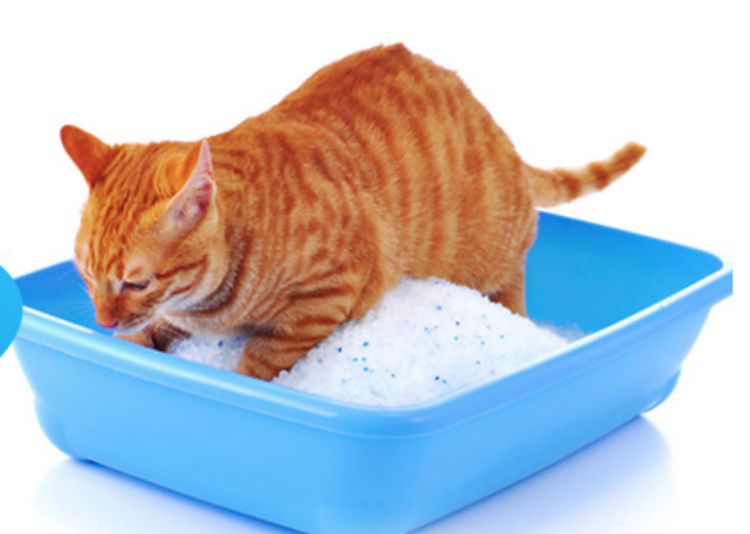
source:topcatlitters.com
Next in our article today is the highest absorbency of all, silica gel ones, or commonly called crystal litter or silica pearl.
As its name suggests, this kind is made from sodium silicate and silica dioxide. Many cat owners praise this type of bedding as the high absorbency, as well as a significant effect on controlling moisture and capture odors.
This one can offer you a lot of benefits in only one product. It can absorb up to forty times the moisture of its weight. Moreover, it can help you will moisture control and odor capturing. Hence, 4-5 pounds of silica gel can be used in up to 30 days for a mature cat without any replenishing.
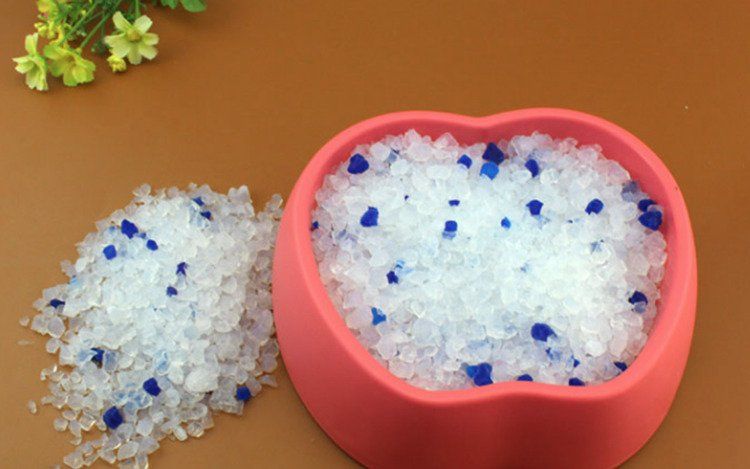
source:topcatlitters.com
But, the question is, when should you replace it?
Well, many silica litters will change the color when they are saturated. Generally, when the box turns into a slightly yellow color, you need to replace its content. Another sign of removing is the smell. When it starts to create strange odors, you should fill the box with fresh litter.
However, you need to scoop out solid waste and stir the litter well inside the box daily. Or else, the cat’s urine might pool at the bottom of the box and produce bad smells.
4. Biodegradable
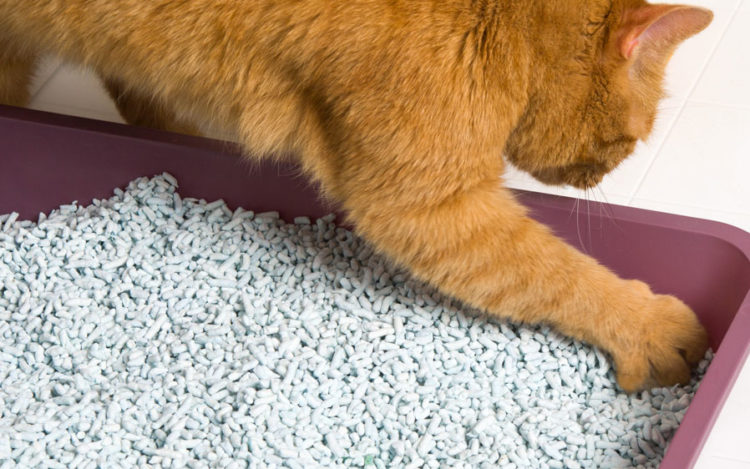
source:hartz.com
Last but not least, biodegradable litter comes as a wise choice for many cat owners who pay attention to environmental problems and want to go green.
Biodegradable glitter is made from plant-based materials such as pinewood pellets, corn, wheat, orange peels, recycled newspapers, etc. Made from the environment-friendly materials, biodegradable offers a green solution for your cat’s box.
Not only benefits the environment, but biodegradable also provides you with many advantages. The apparent benefit is a great deodorizing property that can prevent bad smells. Mainecoonhawaii.com recommends a sifting litter box for this litter type. Moreover, it doesn’t clog the toilet so that you can flush the litter down the toilet.
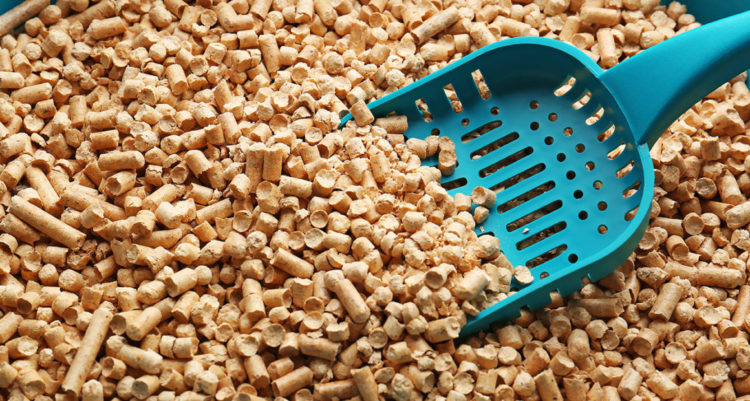
source:hartz.com
Biodegradable litter also is an excellent choice for cats that are sensitive to smells and likely to have respiratory problems as it comes without any dust and added fragrance. Besides, it will not stick to your cat’s paw and cause messy tracking around the house.
The only downside of this biodegradable is the relatively high cost. As it requires special processing, the price might be a little higher than clay litter. However, it can last longer than clay litter and does not require frequent replenishing.
Wrapping Up
So, this article today has walked you through some common types. The choice of the best cat litter varies depending on several aspects.
If you have any doubts about materials, you can leave them in the comment below. Thank you for reading!

